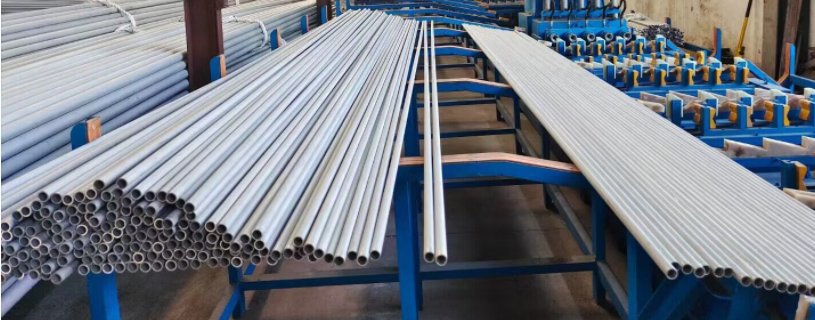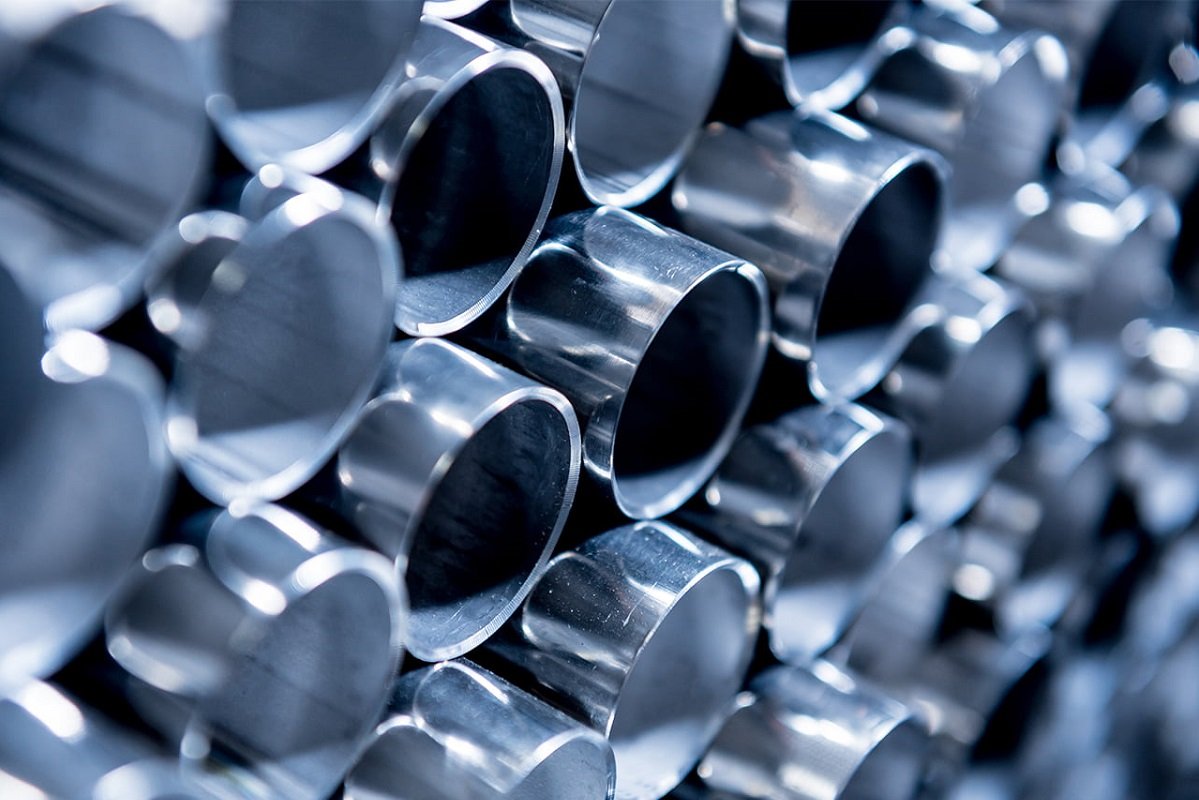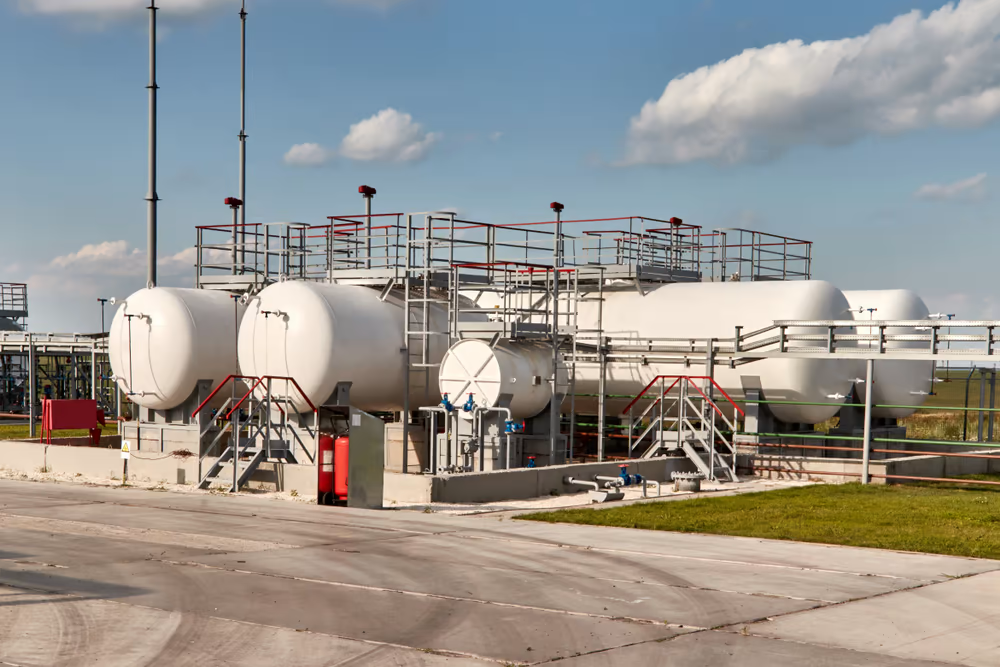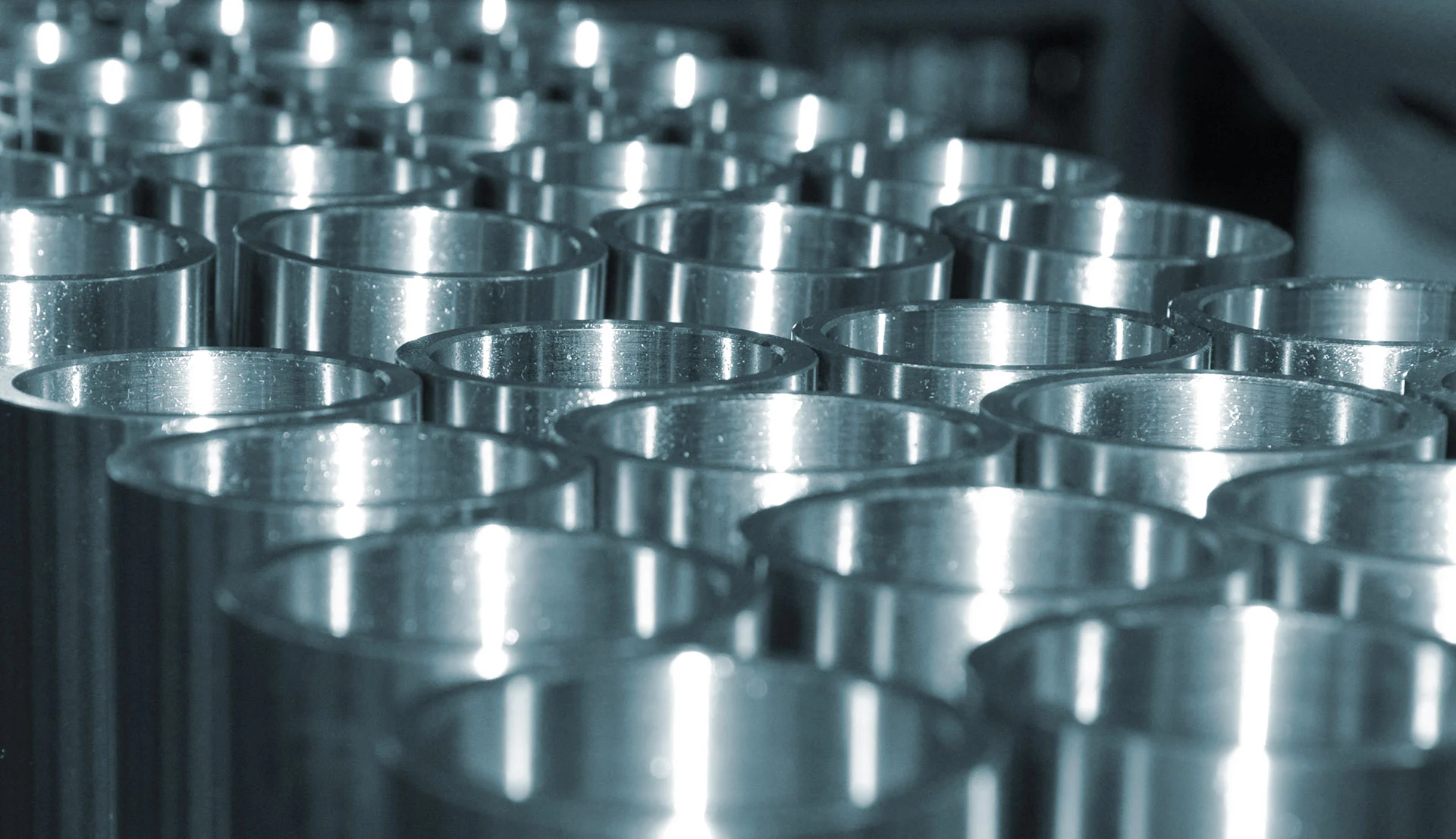Introduction
Hardness testing is essential for verifying the mechanical properties of stainless steel seamless tubes. With multiple methods available—Brinell (HBW), Rockwell (HRB/HRC), and Vickers (HV)—engineers and inspectors must decide which method is most appropriate for each application.
This article provides practical guidelines to help you choose the right hardness testing method for stainless steel tubes in boilers, heat exchangers, and petrochemical systems.
1. Brinell Hardness (HBW) – For Coarse or Heavy Materials
- Advantages: Large indenter reduces the influence of microstructural irregularities.
- Limitations: Leaves a large indentation, unsuitable for thin tubes.
- When to Use: Forged, cast, or thick-walled stainless steel components.
- Typical DLSS Application: Heavy boiler tubes and forged flanges.
2. Rockwell Hardness (HRB/HRC) – Fast and Practical
- Advantages: Quick, direct readings without calculations.
- Limitations: Less accurate for very thin or soft materials.
- When to Use:
- HRB: Softer stainless steels, e.g., annealed TP304 or TP316L.
- HRC: Harder grades or heat-treated steels, e.g., TP321H, Duplex S32205.
- Typical DLSS Application: Routine inspection of seamless tubes and heat exchanger pipes.
3. Vickers Hardness (HV) – Universal and Precise
- Advantages: Can test thin or micro samples with high accuracy.
- Limitations: Requires microscope measurement and skilled operation.
- When to Use: Thin-walled tubes, welded joints, precision components.
- Typical DLSS Application: Bright annealed tubes, U-tubes, finned tubes.
4. Comparison Table
| Test Method | Indenter | Load Range | Best For | Limitation | Example in DLSS Products |
|---|---|---|---|---|---|
| Brinell (HBW) | 10 mm ball | Up to 3000 kgf | Forgings, castings | Large indentation | Thick boiler tubes, forged flanges |
| Rockwell (HRB/HRC) | Ball / Cone | 60–150 kgf | Production checks | Not ideal for thin tubes | Seamless tubes, heat exchanger pipes |
| Vickers (HV) | Diamond pyramid | 1–100 kgf | Precision testing | Time-consuming | Bright annealed tubes, U-tubes, finned tubes |
Practical Guidelines
- Use Brinell → For heavy, thick-walled stainless steels or forged products.
- Use Rockwell → For quick production and inspection checks.
- Use Vickers → For thin-walled, precision tubes or welded joints.
Conclusion
Choosing the right hardness test ensures reliable performance and compliance with standards in stainless steel tubes. Brinell is suited for heavy sections, Rockwell for routine checks, and Vickers for thin-walled precision applications.
At DLSS, we apply the most appropriate hardness method depending on the product type, ensuring accuracy and client satisfaction.
Series Navigation
- Part 1: Definitions and Representation Methods of Hardness Tests
- Part 2: How to Choose the Right Hardness Test for Stainless Steel Tubes (current article)
- Part 3: Hardness Testing in Mill Test Certificates (MTCs)









